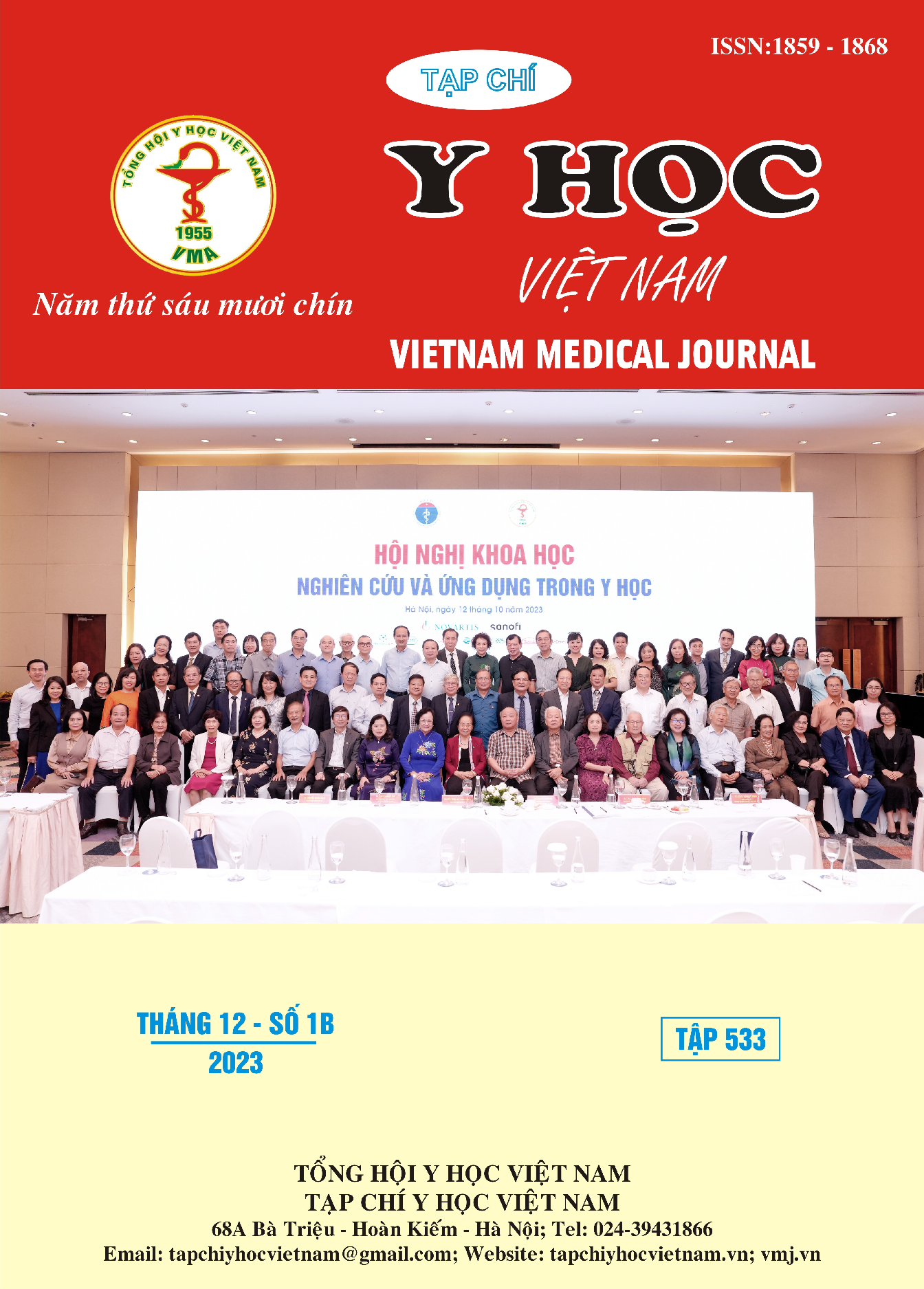THE USE OF MEDICINES IN TREATING HYPERTENSION AT VO TRUONG TOAN UNIVERSITY HOSPITAL IN 2019-2020
Main Article Content
Abstract
Objectives: (1) Describe some characteristics of patients being treated for hypertension at Vo Truong Toan University Hospital in 2019-2020; (2) Survey on the use of drug groups in the treatment of hypertension by patients at Vo Truong Toan University Hospital in 2019-2020; (3) Evaluation of target blood pressure control results of patients at Vo Truong Toan University Hospital in 2019-2020. Subject and Method: Non-interventional cross-sectional descriptive study on 250 medical records of patients diagnosed with essential hypertension treated at Vo Truong Toan University Hospital. Result: The average age of the patients was 65,42±12,73, the percentage of women was higher than that of men with 41,6%, patients with 2 cardiovascular risk factors accounted for a high proportion with 39,2%, level I hypertension accounts for 39,6%, level II hypertension accounts for 60,4%. The most commonly used drug groups are calcium channel blockers (64,0%), angiotensin II receptor blockers (63,6%). In the calcium channel blocker group, Amlodipine was used the most (66,3%); In the group of ACE inhibitors, Captopril accounts for the highest proportion (81,0%); In the group of angiotensin II receptor antagonists, Losartan accounts for a high percentage (97,0%). Patients prescribed a combination regimen of 2 drugs account for a large proportion (52,0%); Among them, the combination between two groups of calcium channel blockers and angiotensin II receptor inhibitors accounts for the highest proportion (33,8%). In the monotherapy regimen, the angiotensin II receptor blocker group accounts for the highest proportion (49,6%). After treatment, target blood pressure was quite high (96,0%), the rate of target blood pressure was higher in female patients than in male patients with 42,4%; Patients < 50 years old and without cardiovascular risk factors all achieved 100,0%. Conclusion: All drugs indicated for use in the study sample are in the list of antihypertensive drugs as recommended by the Vietnam Heart Association, the rate of using multi-drug regimens is higher than the rate of using antihypertensive drugs monotherapy. The combination of drugs in treatment contributes to improving blood pressure index and good treatment results.
Article Details
References
2. Lê Thị Mai, Khảo sát tình hình sử dụng thuốc trong điều trị tăng huyết áp tại khoa khám bệnh Bệnh viện đa khoa Vị Xuyên giai đoạn 2016-2017, Luận văn dược sĩ chuyên khoa cấp I, Đại học Dược Hà Nội, 2017.
3. Thái Khoa Bảo Châu, Võ Thị Hồng Phượng, Nghiên cứu tình hình sử dụng thuốc trong điều trị tăng huyết áp tại bệnh viện trường đại học Y Dược Huế, Tạp chí Y Dược học-Trường Đại học Y Dược Huế, 2016, 6(32): 76-84.
4. Phạm Thái Trân, Khảo sát tình hình sử dụng thuốc điều trị tăng huyết áp tại Trung tâm tim mạch Bệnh viện Đa khoa Trung ương Cần Thơ năm 2019, Luận văn thạc sĩ dược học, Trường Đại học Y Dược Cần Thơ, 2020.
5. Bùi Tùng Hiệp, Khảo sát tình hình sử dụng thuốc chống tăng huyết áp tại khoa Tim mạch Bệnh viện Trưng Vương, Tạp chí Y học Việt Nam, 2019, Tập 479.
6. Quách Tố Loan, Nghiên cứu tình hình dùng thuốc điều trị tăng huyết áp ở bệnh nhân tăng huyết áp tại khoa Tim mạch Bệnh viện Đa khoa Thành phố Cần Thơ, Luận văn chuyên khoa cấp I, Trường Đại học Y Dược Cần Thơ, 2012.
7. Đôn Thị Thanh Thủy và cộng sự, Khảo sát tình hình sử dụng và hiệu quả thuốc chống tăng huyết áp ở bệnh nhân tăng huyết áp tại khoa Tim mạch Bệnh viện cấp cứu Trưng Vương 10/2011- 3/2013, Tạp chí Y học TP. Hồ Chí Minh, 2013, Tập 7.


